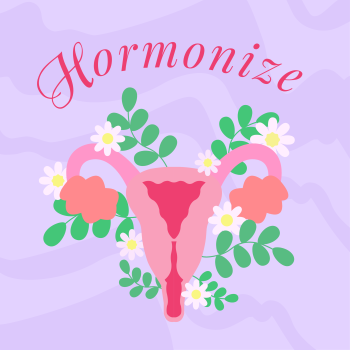
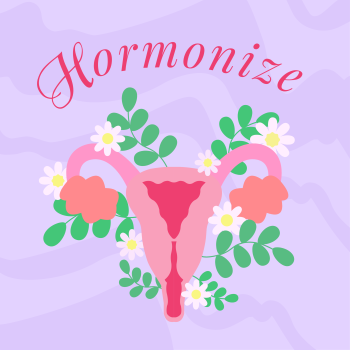
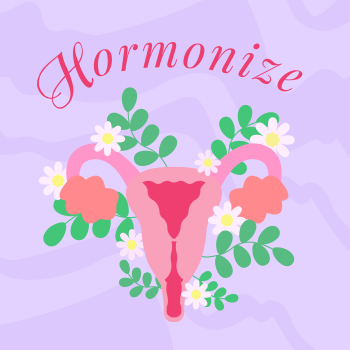
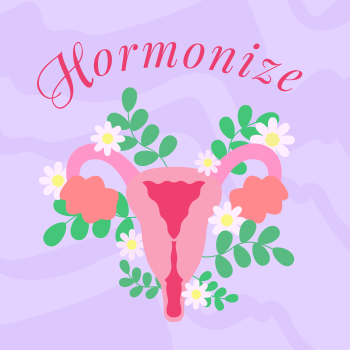
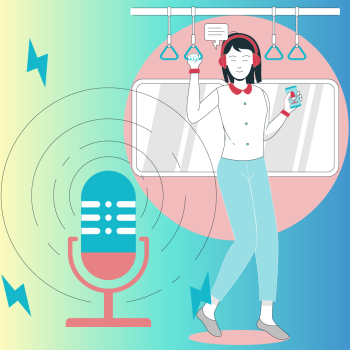
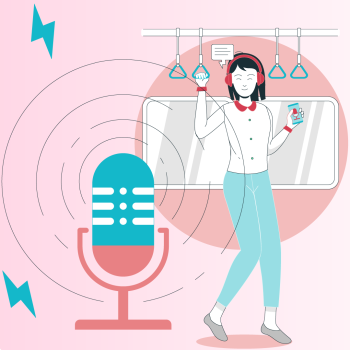
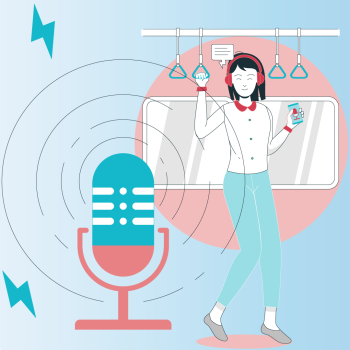
|
How do we ensure that the intellectual outputs produced in each project meet the needs of end-users? And then, how can we as the partners who create and develop those outputs ensure that in our efforts to make youth work more accessible and credible? During our last transnational meeting for the youth health literacy project, we aimed to answer these questions. We invited a team of evaluators with experience in youth education and training to carry out the evaluation of our intellectual outputs produced under the youth health literacy project by placing different emphases on four key performance criteria.
(1). Quality level: comparing the quality of each output to technical standards. To evaluate the design, text, format, fonts, as well as the information and its references that supports the credibility of the content provided within each output. (2). Usability level: comparing the usability of each output to the end-users’ experiences. To evaluate each output beyond design from end-users’ perspectives to learnability and utility which are equally important aspects of usability. Learnability: can end-users learn and improve their knowledge, skills, or attitudes from the output? Utility: does the output offer health information that is relevant to and that is needed by end-users?
(3). Satisfaction level: to evaluate how each output’s learning objectives and learning outcomes, which are the most important aspects of satisfaction; both determine whether output's learnability and utility are relevant among end-users. (4). Sustainability: to guarantee each output usability in order to achieve project outcome and impact with fidelity and scalability as important aspects of sustainability. Fidelity: are outputs digitised enough so that information and users´ experiences remain the same, no matter how many times the outputs are used? Scalability: can the outputs be shared with and used by end-users beyond the locality in which the outputs were created? |





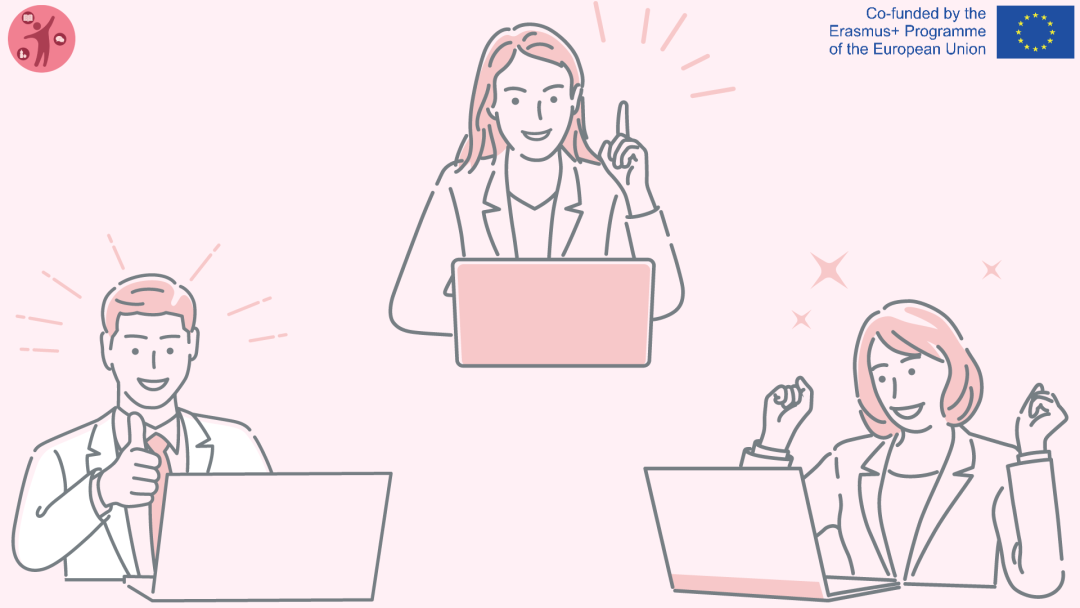 Published on 12.02.2024 at 17:11
Published on 12.02.2024 at 17:11